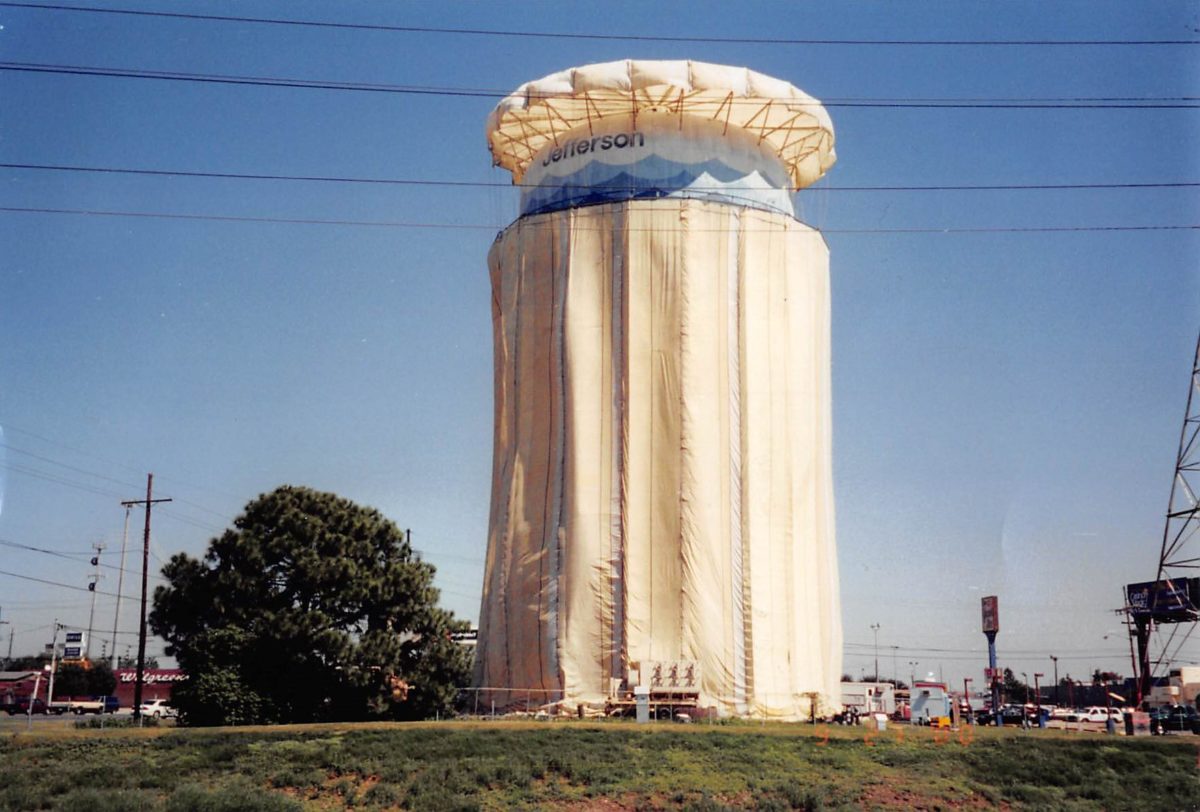 Justin is currently serving as Director of Field Services at KGC where he oversees all field personnel and projects. Justin has served in this role for 5 years and has been part of several multi-million dollar infrastructure projects. Justin also assists in marketing and business development for KGC. Justin holds a Master of Business Administration degree from McNeese State University. Justin is a Certified Project Management Professional (PMP), NACE Level 2 Certified Coating Inspector and SSPC C3 Competent Person.
Justin is currently serving as Director of Field Services at KGC where he oversees all field personnel and projects. Justin has served in this role for 5 years and has been part of several multi-million dollar infrastructure projects. Justin also assists in marketing and business development for KGC. Justin holds a Master of Business Administration degree from McNeese State University. Justin is a Certified Project Management Professional (PMP), NACE Level 2 Certified Coating Inspector and SSPC C3 Competent Person. Asset Management : To Be Proactive Or Reactive, That Is The Question
When discussing asset maintenance, there is certainly a disconnect between the general public and asset owners. On one hand, the public is putting increased demands and expectations on the assets. On the other hand, the asset owners are dealing with aging infrastructure and tight maintenance budgets. This disconnect is especially prevalent in the municipal water and waste water treatment industries.
As residents of Flint, Michigan recover from the Flint Water Crisis, it seems like an optimal time to discuss the need for a sound asset management program to ensure asset functionality and extend asset life. So, what is asset management? According to the Environmental Protection Agency (2008), asset management is the practice of managing infrastructure capital assets (tanks, pumps, motors, pipes, etc.) to minimize the total cost of owning and operating these assets while delivering desired service levels.[1]
Most municipal water boards or authorities operate under two different schools of thought when it comes to asset maintenance: proactive maintenance or reactive maintenance. According to Rojas and Davis (2017), proactive maintenance involves regular inspections, utilizing predictive technologies to find problems before they occur and addressing root causes of past failures. Reactive maintenance involves fixing equipment after it breaks. Operating within a reactive maintenance protocol, municipalities can expect costs to be 2 to 3 times more (in labor, parts, materials and loss of service) than operating in a proactive environment.[2]
Advocates for proactive maintenance cite benefits such as improved planning, increased worker efficiency, better inventory control (parts & equipment), future cost savings, improved safety and lower asset downtime. Opponents of proactive maintenance cite unnecessary maintenance, high initial implementation costs, increased inspection costs, asset tracking software cost and low employee buy-in. Both parties possess valid arguments, however, neither side can deny the fact that aging asset infrastructure is a huge problem in this country. The negative events that occurred during the Flint Water Crisis may facilitate a much needed discussion between the public and asset owners regarding asset maintenance.
Citations:
[1] Environmental Protection Agency. (2008). Asset Management: A Best Practices Guide. Retrieved from https://www.epa.gov/sites/production/files/2015-04/documents/epa816f08014.pdf
[2] Davis, J. H., & Rojas, T. (2017). Implementing an Asset Maintenance Management Strategy…Where do you Start? Retrieved from http://www.waterworld.com/articles/wwi/print/volume-23/issue-2/editorial-spotlight/municipal-water-systems/implementing-an-asset-maintenance-management-strategyx2026-where-do-you-start.html

